Related Research Articles
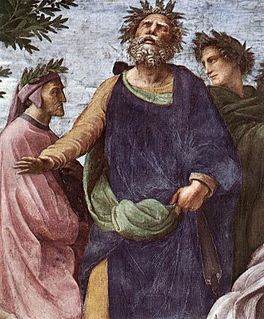
The Western canon is the body of high culture literature, music, philosophy, and works of art that is highly valued in the West: works that have achieved the status of classics. However, not all these works originate in the Western world, and such works are also valued throughout the world. It is "a certain Western intellectual tradition that goes from, say, Socrates to Wittgenstein in philosophy, and from Homer to James Joyce in literature". The word 'canon' is derived from Ancient Greek: κανών, meaning a measuring rod, or standard. The Bible, a product of ancient Jewish culture, from the Levant, in Western Asia, has been a major force in shaping Western culture, and "has inspired some of the great monuments of human thought, literature, and art".

The culture of the Netherlands is diverse, reflecting regional differences as well as the foreign influences built up by centuries of the Dutch people's mercantile and explorative spirit. The Netherlands and its people have long played an important role as centre of cultural liberalism and tolerance. The Dutch Golden Age is popularly regarded as its zenith.
Dutch language literature comprises all writings of literary merit written through the ages in the Dutch language, a language which currently has around 23 million native speakers. Dutch-language literature is the product of the Netherlands, Belgium, Suriname, the Netherlands Antilles and of formerly Dutch-speaking regions, such as French Flanders, South Africa, and Indonesia. The Dutch East Indies, as Indonesia was called under Dutch colonization, spawned a separate subsection in Dutch-language literature. Conversely, Dutch-language literature sometimes was and is produced by people originally from abroad who came to live in Dutch-speaking regions, such as Anne Frank and Kader Abdolah. In its earliest stages, Dutch-language literature is defined as those pieces of literary merit written in one of the Dutch dialects of the Low Countries. Before the 17th century, there was no unified standard language; the dialects that are considered Dutch evolved from Old Frankish. A separate Afrikaans literature started to emerge during the 19th century, and it shares the same literary roots as contemporary Dutch, as Afrikaans evolved from 17th-century Dutch. The term Dutch literature may either indicate in a narrow sense literature from the Netherlands, or alternatively Dutch-language literature.

Karel van Mander (I) or Carel van Mander I was a Flemish painter, poet, art historian and art theoretician, who established himself in the Dutch Republic in the latter part of his life. He is mainly remembered as a biographer of Early Netherlandish painters and Northern Renaissance artists in his Schilder-boeck. As an artist and art theoretician he played a significant role in the spread and development of Northern Mannerism in the Dutch Republic.

The Royal Library of the Netherlands is the national library of the Netherlands, based in The Hague, founded in 1798. The KB collects everything that is published in and concerning the Netherlands, from medieval literature to today's publications. About 7 million publications are stored in the stockrooms, including books, newspapers, magazines and maps. The KB also offers many digital services, such as the national online Library, Delpher and The Memory. Since 2015, the KB has played a coordinating role for the network of the public library.
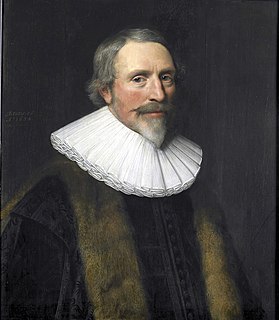
Jacob Cats was a Dutch poet, humorist, jurist and politician. He is most famous for his emblem books.
Flemish literature is literature from Flanders, historically a region comprising parts of present-day Belgium, France and the Netherlands. Until the early 19th century, this literature was regarded as an integral part of Dutch literature. After Belgium became independent from the Netherlands in 1830, the term Flemish literature acquired a narrower meaning and refers to the Dutch-language literature produced in Belgium. It remains a part of Dutch-language literature.
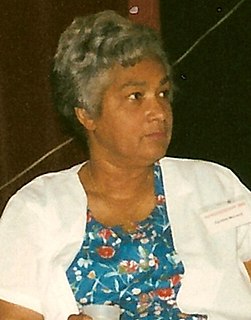
Cynthia Henri McLeod is a Surinamese novelist known for her historic novels and whose debut novel instantly made her one of the most prominent authors of Suriname.

Michiel de Swaen was a surgeon and a rhetorician from the Southern Netherlands.
The Antwerp songbook (Dutch: Antwerps liedboek and on the cover Een schoon liedekens. Boeck inden welcken ghy in vinden sult. Veelderhande liedekens was published in Antwerp in 1544 by printer Jan Roulans.

The Statenvertaling or Statenbijbel was the first translation of the Bible from the original Hebrew, Aramaic and Greek languages into Dutch, ordered by the Synod of Dordrecht 1618 and financed by government of the Protestant Dutch Republic and first published in 1637.
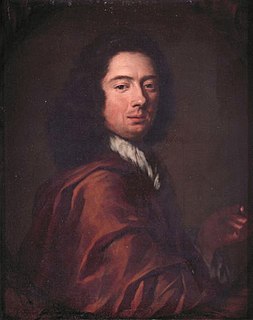
Arnold Houbraken was a Dutch painter and writer from Dordrecht, now remembered mainly as a biographer of Dutch Golden Age painters.
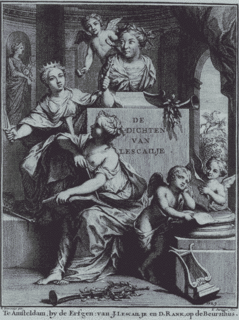
Katharyne Lescailje or Catharina Lescaille was a Dutch poet, translator and Publisher. Along with Catharina Questiers and Cornelia van der Veer she was the most successful female Dutch poet of the second half of the 17th century.

Het Gulden Cabinet vande Edel Vry Schilder-Const or The Golden Cabinet of the Noble Liberal Art of Painting is a book by the 17th-century Flemish notary and rederijker Cornelis de Bie published in Antwerp. Written in the Dutch language, it contains artist biographies and panegyrics with engraved portraits of 16th- and 17th-century artists, predominantly from the Southern Netherlands. The work is a very important source of information on the artists it describes. It formed the principal source of information for later art historians such as Arnold Houbraken and Jacob Campo Weyerman. It was published in 1662, although the work also mentions 1661 as date of publication.

Het Schilder-Boeck or Schilderboek is a book written by the Flemish writer and painter Karel van Mander first published in 1604 in Haarlem in the Dutch Republic, where van Mander resided. The book is written in 17th-century Dutch and its title is commonly translated into English as 'The Book of Painters' or 'The Book of Painting' and sometimes as 'The Book on Picturing'. Het Schilder-Boeck consists of six parts and is considered one of the principal sources on the history of art and art theory in the 15th and 16th century Low Countries. The book was very well received and sold well. Karel van Mander died two years after its publication. A second posthumous edition, which included a brief, anonymous biography of van Mander was published in 1618. This second edition was translated by Hessel Miedema into English and published in 1994-1997 together with a facsimile of the original and five volumes of notes on the text.
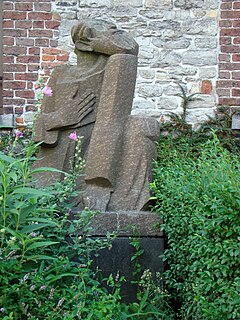
René De Clercq, born René Desiderius Declercq, was a Flemish-Dutch political activist, writer, poet, and composer.

Dutch Indies literature or Dutch East Indies literature is the Dutch language literature of colonial and post-colonial Indonesia from the Dutch Golden Age to the present day. It includes Dutch, Indo-European and Indonesian authors. Its subject matter thematically revolves around the VOC and Dutch East Indies eras, but also includes the postcolonial discourse.

Jan Wagenaar was a Dutch historian, best known for his contributions to Tegenwoordige staat van nederland and Vaderlandsche Historie.

As of 2018, Wolters Kluwer ranks as the Dutch biggest publisher of books in terms of revenue. Other notable Dutch houses include Brill and Elsevier.
Jeanne Maria Cornelia de Loos-Haaxman was a Dutch art historian and writer.
References
- ↑ "1000 sleutelteksten uit de cultuurgeschiedenis van de Lage Landen". Dbnl.org. 1940-11-26. Retrieved 2012-04-18.
- ↑ D'Heere, Lucas (29 July 2017). "Den hof ende boomgaert der poesien, inhoudende menigherley soorten van poetijckelijcke blommen: dat is verscheyden materien, gheestelijcke, amoureuse, boerdighe &c. Oock diversche schoon sententien, inventien ende manieren van dichten [...]". by David VVachtendonck, voor Danel de Keyser[...] – via Google Books.